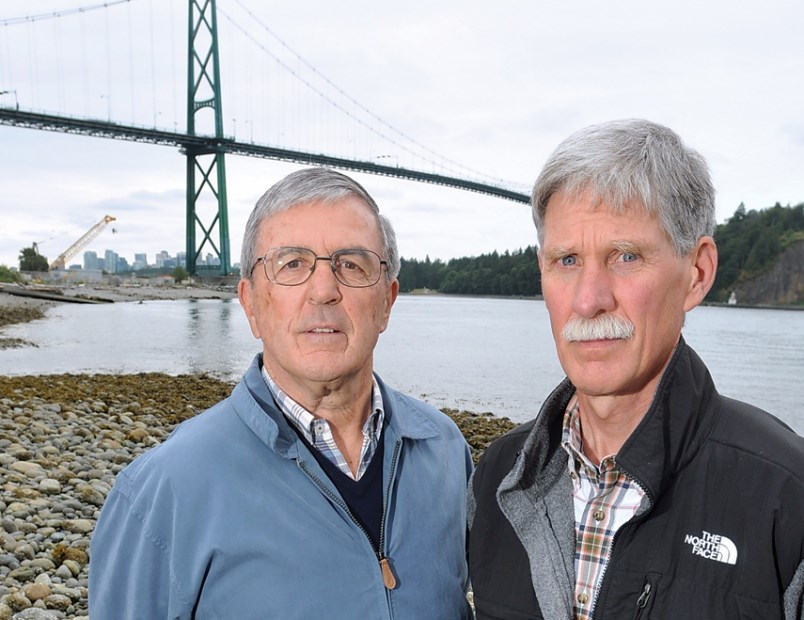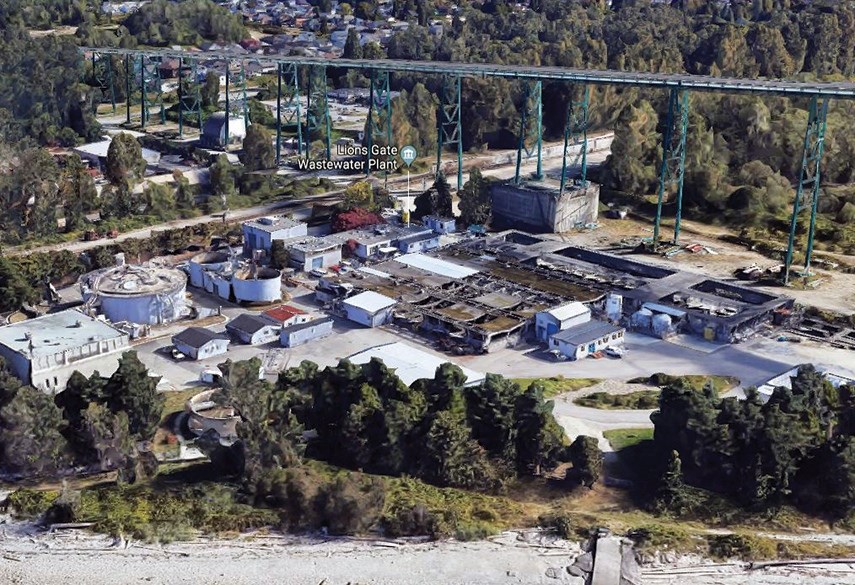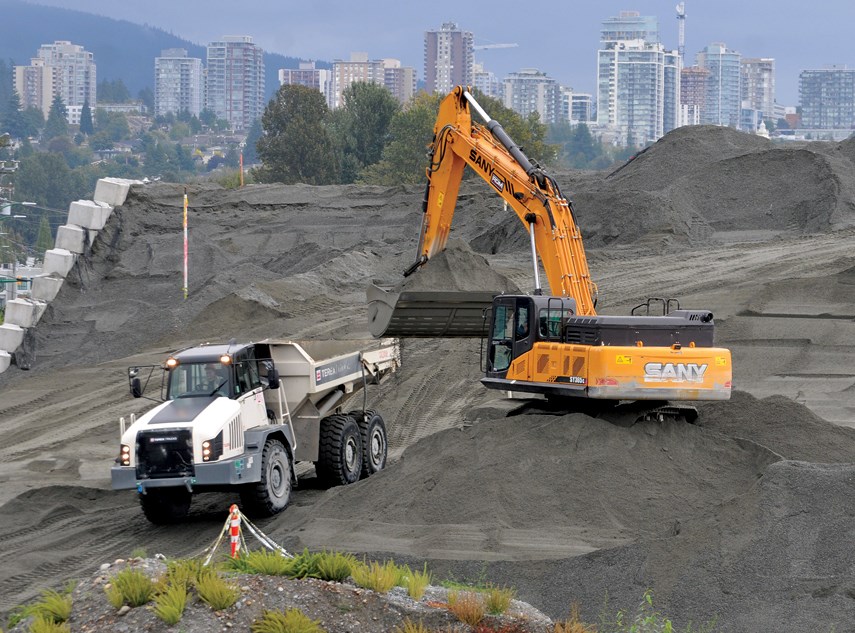Environmental advocates on the North Shore are cheering the news that the new sewage plant being built in North Vancouver will now be built to a higher environmental standard.
Metro Vancouver politicians voted at a closed-door meeting in July to upgrade the design of the plant to a tertiary level of treatment at an additional cost of $29 million. That decision has now been made public.
“It sets a new standard,” said North Shore streamkeeper and retired engineer Glen Parker, one of several local advocates who have lobbied Metro politicians for a higher level of treatment at the new plant.
Parker and other advocates acknowledged the decision wasn’t everything they’d hoped for – which included both a more advanced level of tertiary treatment and ditching of an ocean outfall in Burrard Inlet in favour of restoration of a foreshore estuary.
But they praised the decision as a good first step towards more environmentally friendly wastewater treatment in the region.
“The glass is still half full,” said Don Mavinic, a UBC engineering professor and world-renowned expert on wastewater treatment systems who has advocated for tertiary treatment. “It shows public pressure can really make a difference.”
Peter Navratil, general manager of liquid waste for Metro Vancouver, said changes to the plant design involve scrapping a smaller tertiary system originally planned to handle a small portion of wastewater and replacing it with a tertiary system that will treat all the sewage.
The system will use a series of disc filters – essentially very fine screens – to significantly reduce solids and organics being discharged into the environment.
That will reduce the bio-chemical oxygen demand of sewage effluent on the receiving environment. It may also help filter out a certain amount of pharmaceutical pollution – currently a topic of emerging scientific concern in terms of its impact on marine life.
“The science is still fairly new in terms of exactly what it will take out,” said Navratil. “There’s been a whole pile of momentum to move in that direction.”
The system that will be built on the North Shore is the same as the tertiary system being built in Victoria’s Capital Regional District and the one going into a new sewage plant in Langley, said Navratil.
Metro is anticipating operating and maintenance costs to be about the same as they would be for the previously planned secondary treatment plant.
The debate over what to replace the aging Lions Gate primary treatment plant with goes back many years.
For decades, the approximately 31-billion litres of waste being flushed into Burrard Inlet has been treated to only a very basic “primary” level – which essentially involves taking out the biggest “solids” through mechanical processes.
In 2012, new federal government regulations spelled out secondary treatment – which adds bacteriological breakdown of waste – as the minimum standard required for sewage treatment and set a deadline of December 2020 by which older plants had to be upgraded.
Six years ago, Metro Vancouver considered – and rejected – tertiary treatment as too expensive.
But in the intervening time, both environmental concerns and political winds shifted.

When the project was placed under a stop work order for several months this spring and summer, local advocates saw an opening, and put renewed pressure on politicians to change their minds.
Both Parker and Mavinic say they’d like to see the plant eventually operate at a higher level of tertiary treatment, which would use additional biological processes to significantly reduce solids and pharmaceuticals being discharged in wastewater effluent.
“If you’re going to do it properly that is the next step of the process,” said Mavinic.
Both men say it will still be possible to add such upgrades to the plant at a later date.
The cost is not cheap however. Mavinic estimates that to do so would cost over $100 million more.
Meanwhile, the $29 million to get the plant to the first tier of tertiary treatment – which comes on top of the existing $778 million project budget – was approved by politicians without funding commitments from senior levels of government.
Letters to federal and provincial ministers requesting funding were sent July 8 by Sav Dhaliwal, chair of Metro’s board of directors.
But so far, “there is no confirmed funding from either of those levels of government,” said Don Bradley, spokesman for Metro Vancouver.

Metro Vancouver staff are also still in discussions with Environment Canada about what will happen if the regional government can’t meet the December 2020 deadline to provide an upgraded level of sewage treatment, said Bradley.
Meanwhile, environmental advocates are also turning their attention to the anticipated upgrades at the Iona Island primary sewage plant in Richmond which handles 46 per cent of the region’s wastewater.
Designs for that upgrade are still in the early stages, making a higher level of treatment more possible, said Parker.



